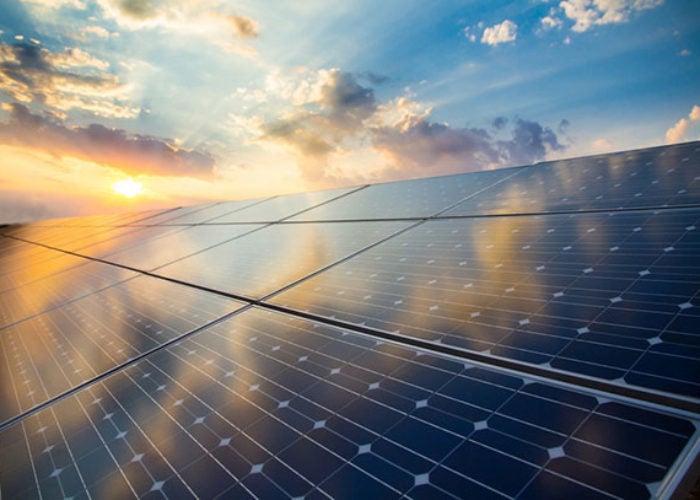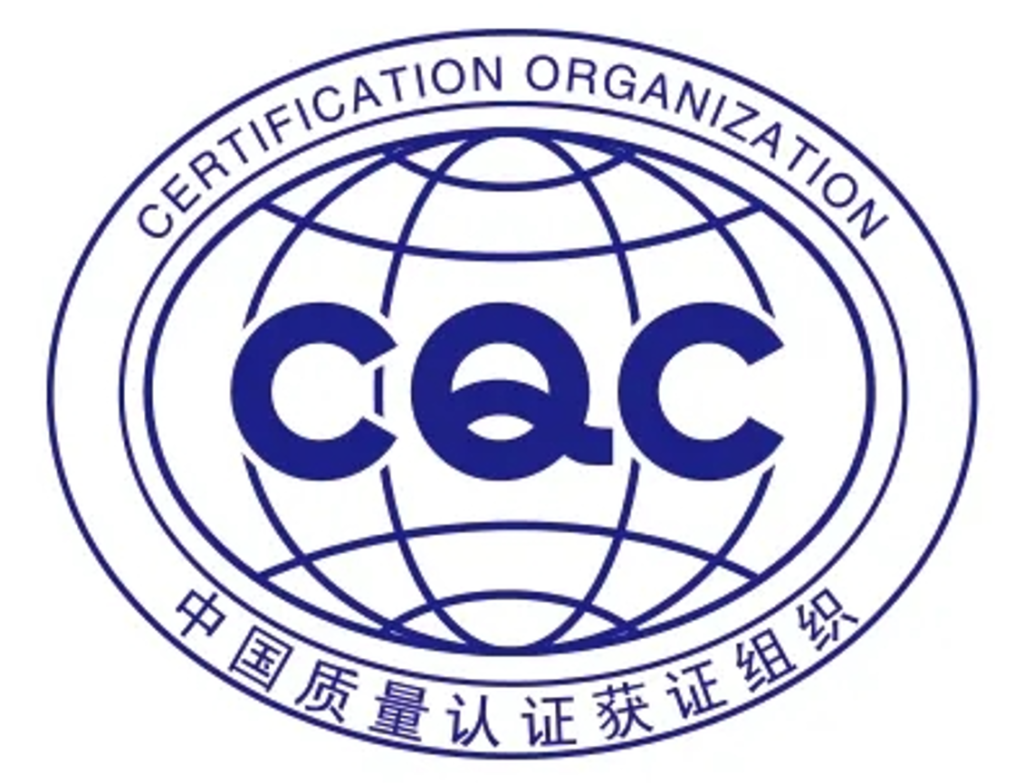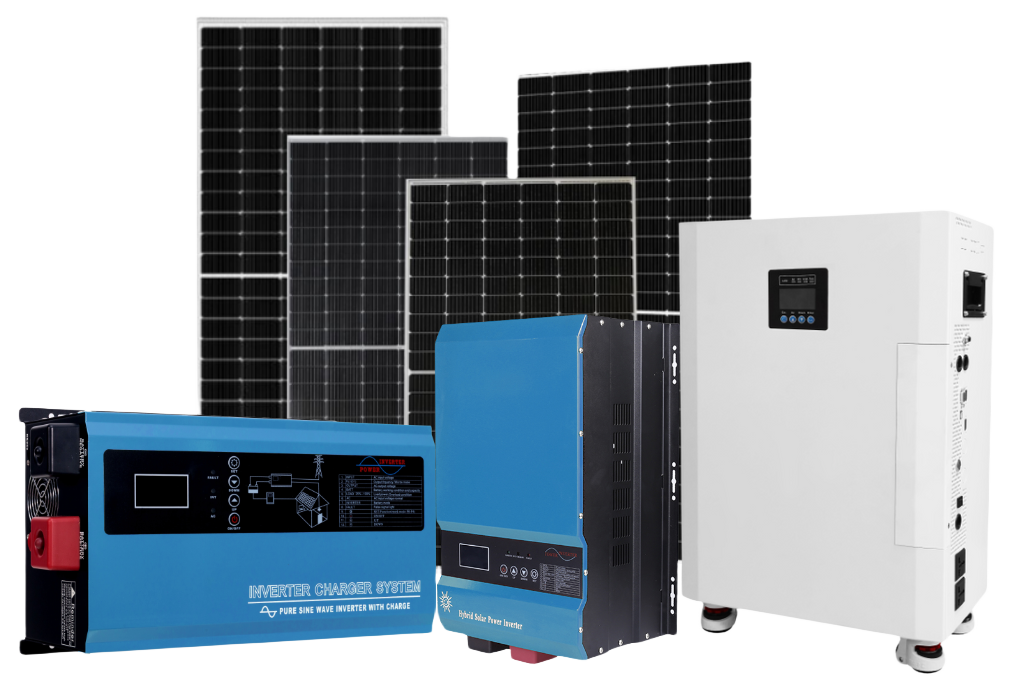If you are interested in the photovoltaic industry, you can follow the News section of our website. We will regularly collect global current affairs news in the industry and share it with you.
Hot 1: S&P Global: Global PV Installations May Exceed 500GW in 2024
On the morning of February 27th, at the Photovoltaic Power Generation Project Techno-Economic Forum hosted by the China Photovoltaic Industry Association, Hu Dan, the Chief Analyst of Photovoltaics at S&P Global, stated that global PV installations reached 422GW in 2023, marking a 71% increase year-over-year. It is expected that China’s PV installations will reach 226GW in 2024, and global installations may exceed 500GW, with a growth rate of around 20%.
Hu Dan mentioned that in 2024, more than half of the global population will participate in elections, including major overseas PV markets such as the United States, the United Kingdom, India, Europe, and Mexico. This introduces new uncertainties to the political and economic environment. Despite this, S&P Global remains optimistic about the development of the global new energy industry in 2024.
S&P predicts that from 2024 to 2030, global installations will maintain a modest and steady growth trend, with a growth rate not exceeding 10%. This assessment is similar to the forecasts by BNEF and Wood Mackenzie, which generally believe that the high growth rate of the industry in 2023 is unsustainable. Future installation growth rates will slow down, entering a period of stable growth or even a plateau.
Hu Dan stated that in 2023, China accounted for 56% of the top ten global PV markets, marking the highest share of China in the global PV market in a single year. The United States and India followed, but the scale of installations in these countries is significantly different from China, with the US at 30GW+ and India at 10GW+. S&P expects that China’s global share will slightly decrease in 2024, and in addition, the United States, India, Germany, Spain, Brazil, Japan, Australia, and Poland will remain key market regions this year.
For the three core overseas markets of Europe, the United States, and Brazil, Hu Dan provided a detailed analysis. She believes that Europe remains a leader in terms of share and scale. Europe recently proposed the “Fit for 90” goal, planning to reduce greenhouse gas emissions by 90% by 2040. This means that the new energy installation capacity needs to reach three times that of 2023, i.e., 2300GW. The plan also aims for new energy to account for more than 80% of the power supply.
In terms of market structure, Hu Dan mentioned that Europe is a very typical distributed market, expecting the share of distributed systems in the overall market to remain around 60%. It is estimated that from 2023 to 2030, the European distributed market will add 468GW of installations, with Germany, Spain, the Netherlands, Italy, and Poland expected to contribute 45% of the distributed installation volume.
Regarding the United States, under the stimulus of the Inflation Reduction Act (IRA), the US maintained a high volume of project approvals and lists. The total US installations for 2023 are expected to be around 36GW, with S&P Global forecasting a stable rise to about 45GW in 2024. However, Hu Dan mentioned that there is still significant uncertainty in the US market for 2024. Issues such as the outcome of the Southeast Asia anti-circumvention investigation, Sino-US trade relations, and the continuity of IRA policies could cause fluctuations in the US market’s product supply.
For Brazil, Hu Dan stated that after 2021, Brazil’s PV installation capacity significantly increased, with PV now surpassing wind power to become Brazil’s second-largest mainstream power source, accounting for 16.3%. Distributed PV projects under 5MW contributed most of the new installations in 2023, totaling 7.7GWac.
S&P Global believes that Brazil’s high growth in the past two years is mainly related to stimulus policies. In 2024, rooftop PV policies will face new adjustments, and the increase in grid access fees may lead to a decline in distributed demand. S&P Global expects that from 2024 to 2030, Brazil will add 49GWdc, with 49% coming from large-scale PV projects and 51% from residential and commercial/industrial markets.
Regarding exports, according to S&P Global statistics, China’s total overseas module shipment volume in 2023 amounted to 194GW, with Europe at 93GW, the Asia-Pacific region at 51GW, Latin America and the Caribbean at 27GW, and the Middle East and Africa at 21GW. Combining shipment and installation data, Hu Dan mentioned that there would be a certain increase in global module inventory.

https://news.solarbe.com/202402/28/376353.html
Hot 2: Turkey’s PV Capacity Surpasses Wind Energy, Reaching 12.2GW in Early 2024!
Due to the growth of hybrid projects, Turkey’s photovoltaic (PV) installed capacity has surpassed that of wind energy. As of the beginning of 2024, Turkey’s PV installed capacity reached 12.2GW.
The energy think tank Ember, citing data from the Turkish government, reported that by the end of 2023, solar and wind energy installed capacities reached 11.7GW and 11.8GW, respectively. These figures do not include the auxiliary PV capacity of hybrid power stations.
According to data provided by the Turkish Energy Market Regulatory Authority, Turkey’s PV installed capacity reached 12.2GW, of which 510MW of PV capacity is part of hybrid projects. Ember stated that the PV installation capacity of hybrid projects accounts for 4.2% of the total solar installation capacity.
Looking at the primary resource types of hybrid stations, wind installations dominate the Turkish market. Among the 14 stations using solar energy as an auxiliary source, 63% have wind as their primary source. Hydro power follows wind, with the Aşağı Kaleköy hydro power station’s auxiliary PV installed capacity at 80MW, making it the only hydro-solar hybrid station in Turkey.
Geographically, the provinces of Uşak (82MW), Bingöl (80MW), and Sivas (50MW) have the highest hybrid solar capacities, each hosting a hybrid station. The total installed capacity of these hybrid stations accounts for 42% of the total installed capacity of hybrid solar stations.
Additionally, Karaman (40MW) and Konya (36MW) both possess wind energy and high solar potential, contributing another 15% of the electricity generated.
The annual electricity generation of hybrid stations reached 798GWh, accounting for 4.2% of Turkey’s total solar electricity generation in 2023.
Furthermore, Turkey has an additional 1.9GW of approved hybrid solar capacity yet to be installed, equivalent to 16% of Turkey’s current total PV installed capacity. Of this, 62% is allocated to wind stations and 13% to hydro stations.
Within Turkey’s hybrid PV installed capacity, 60% is concentrated in ten provinces. Çanakkale (178MW), Manisa (138MW), and Balıkesir (122MW) lead in both project reserves and wind energy fields. Konya holds the largest project reserve, totaling 212MW.
Last year, the Turkish government stated that Turkey needs an annual installation of 5GW of solar and wind capacity by 2035.
Meanwhile, PV Tech Premium engaged with research firm Rystad Energy on this target, with analyst Nishant Kumar noting that the goal of adding 5GW of solar and wind capacity annually by 2027 is undoubtedly ambitious in the short term but achievable in the medium (after 2027) and long term (after 2032).
However, to achieve this target, Turkey’s solar market still needs to address some issues, including constructing a grid capable of handling a large influx of renewable energy and providing sufficient funding for the large-scale development of solar systems.

https://mp.weixin.qq.com/s/2ifiV5zzRrZHJqQl5aR7oQ
Hot 3: 655GW! Global PV New Installations Expected in 2024
According to the “Q1 2024 Global PV Market Outlook” report released by Bloomberg New Energy Finance (BNEF), global photovoltaic (PV) installed capacity is expected to increase from about 444GWdc in 2023 to 655GWdc this year. The report offers several forecast scenarios for global PV installed capacity, with conservative and optimistic predictions at 520GWdc and 655GWdc, respectively. In the medium scenario forecast for global PV installed capacity, the total is expected to reach 574GWdc.
China is set to continue dominating the installation capacity in 2024 (313.7GWdc), accounting for 54.7% of this year’s global new PV installed capacity. Following China are the United States (40.6GWdc), India (18.1GWdc), Brazil (17GWdc), and Germany (16.5GWdc).
Three European countries are expected to increase their PV installation capacities this year, including Spain (7.54GWdc), the Netherlands (5.52GWdc), and Italy (5.25GWdc). Other countries in the top ten for PV installation capacity include Japan (5.47GWdc) and South Africa (4.29GWdc).
The study also examined the cumulative PV installed capacity of European countries by 2030. Germany leads by a significant margin on the European continent with a capacity of 215GW, followed by Italy (79.6GW) and Spain (79.3GW). By 2030, France (47.6GW), Poland (46.3GW), and the Netherlands (45.7GW) will also be among the countries with substantial PV installed capacities.
The global solar PV industry achieved remarkable growth in 2023, with installed capacity increasing from 252GWdc in 2022 to 444GWdc in 2023, marking a significant increase. Last year, China added 268GWdc (216.9ac), accounting for 60.4% of the global installed capacity. The United States added 35.2GWdc, followed by Brazil (16.9GWdc), Germany (14.1GWdc), and India (13.6GWdc).

https://mp.weixin.qq.com/s/ddowAMmHgtgp8hi_EVQ64w
Hot 4: 24.5%, Large-area Perovskite Solar Modules Set a New World Record!
From Nanjing University, it was learned that the research team led by Professor Tan Hairen has made a new breakthrough in large-area perovskite solar modules. Tested by an internationally authoritative third-party institution, its steady-state photovoltaic conversion efficiency reached 24.5%, setting a new world record for such modules and laying a technical foundation for subsequent industrial development. The related paper was published in the international academic journal “Science” on February 23.
According to Tan Hairen, perovskite is one of the key research and development directions for new solar cells. Compared with traditional crystalline silicon materials, perovskite photovoltaic modules are lighter, thinner, and have desirable characteristics such as being flexible and semi-transparent, offering richer application scenarios. In recent years, Tan Hairen’s research group has been dedicated to studying perovskite, achieving results such as a photovoltaic conversion efficiency of 28% for small-area cells and 21.7% for large-area laminated modules.























